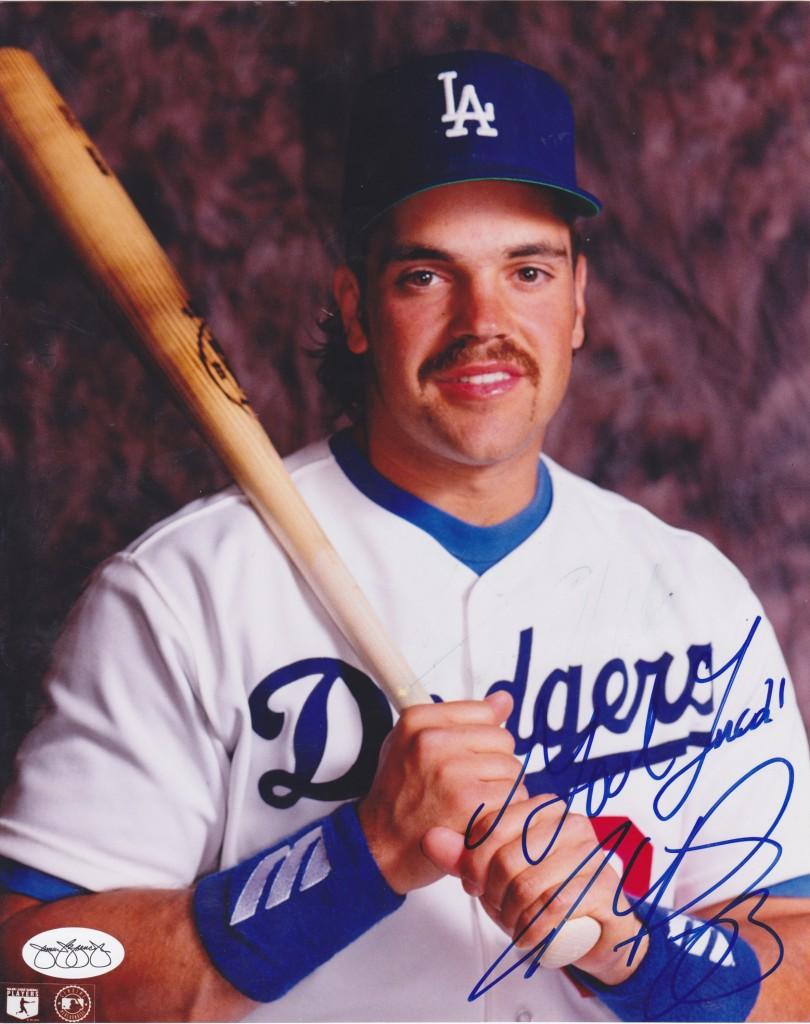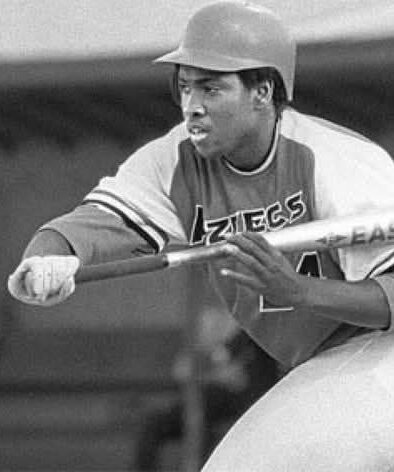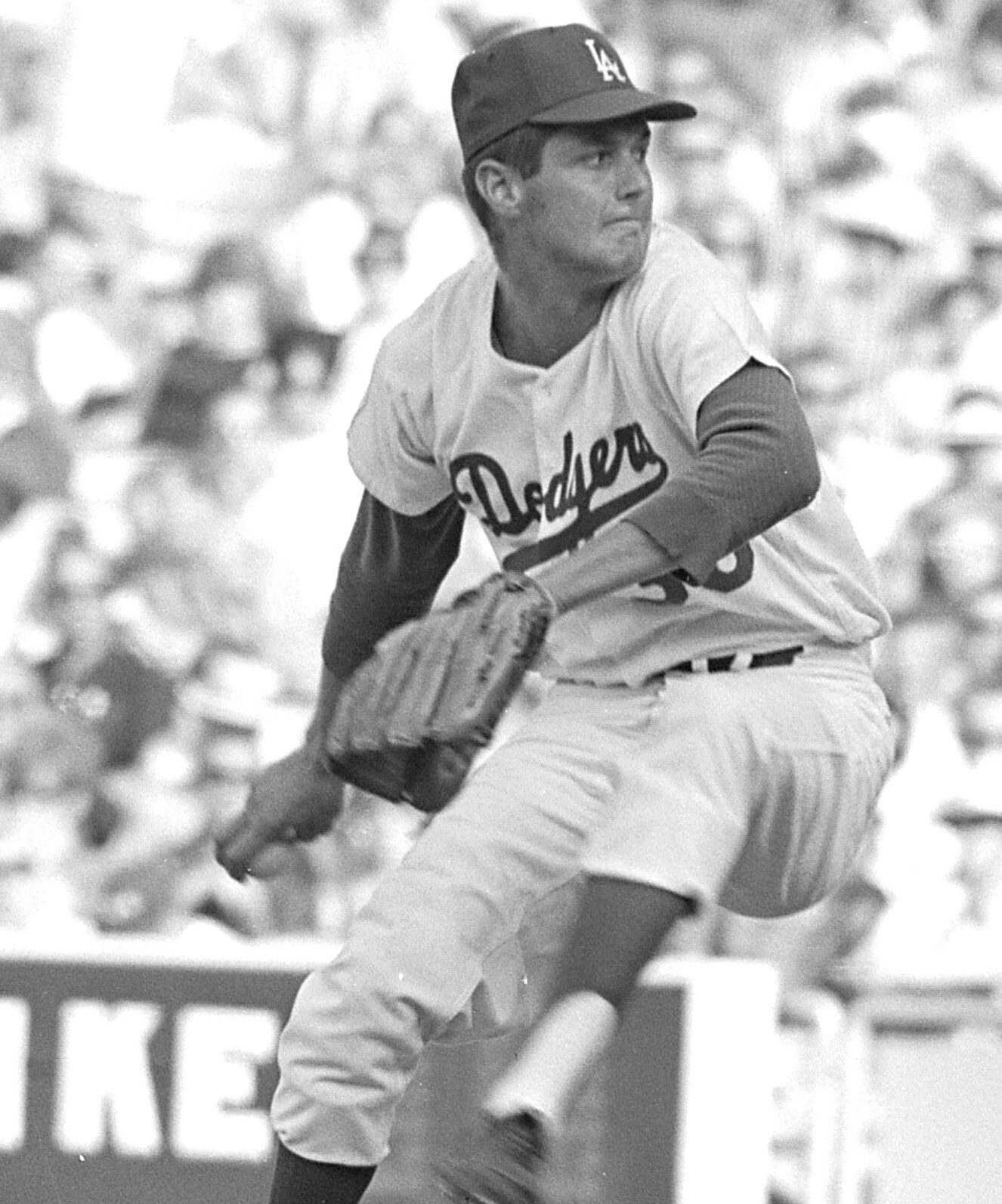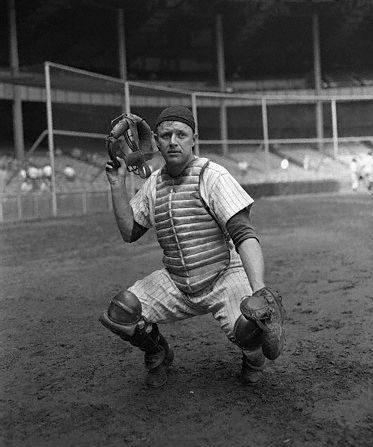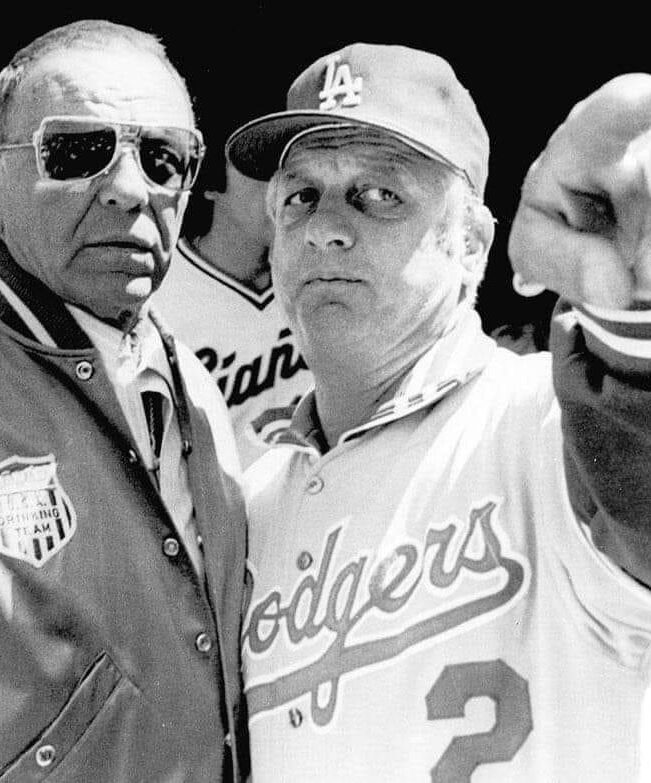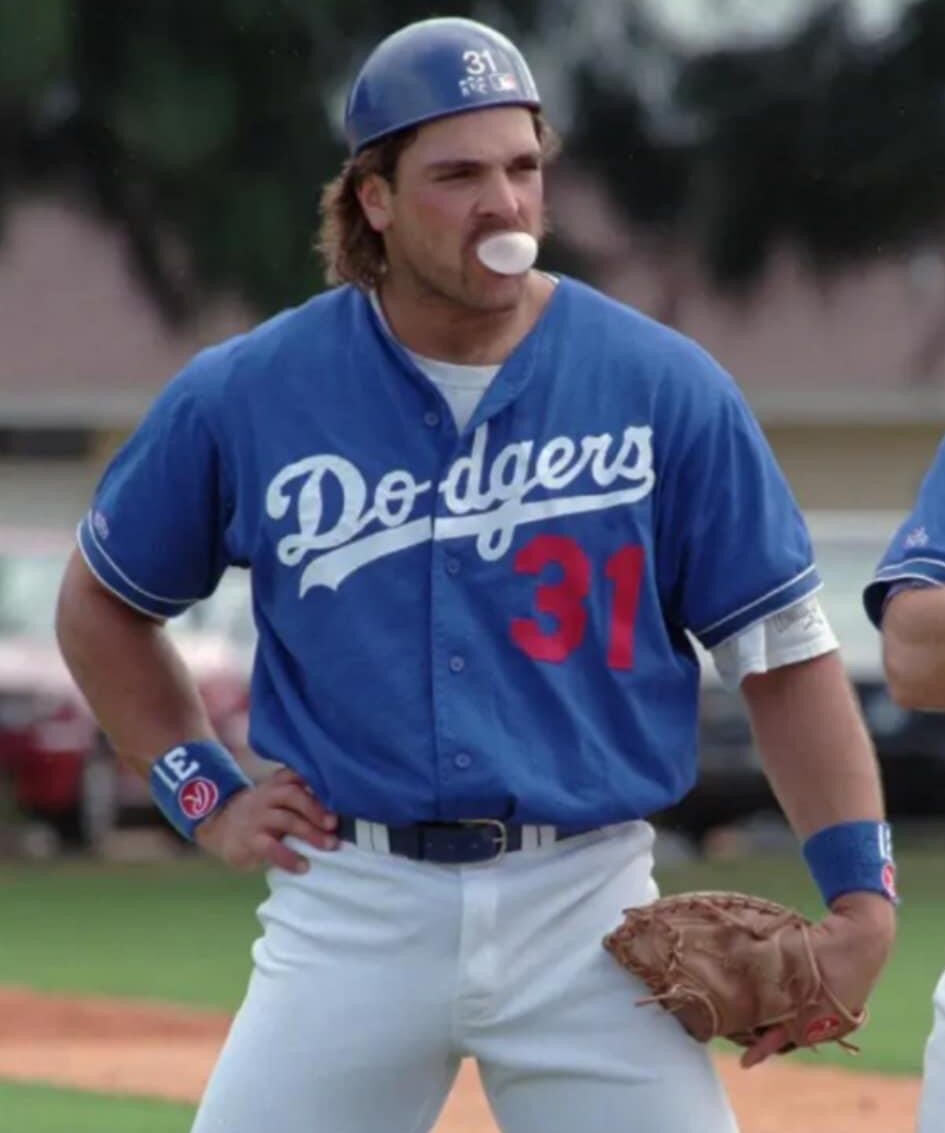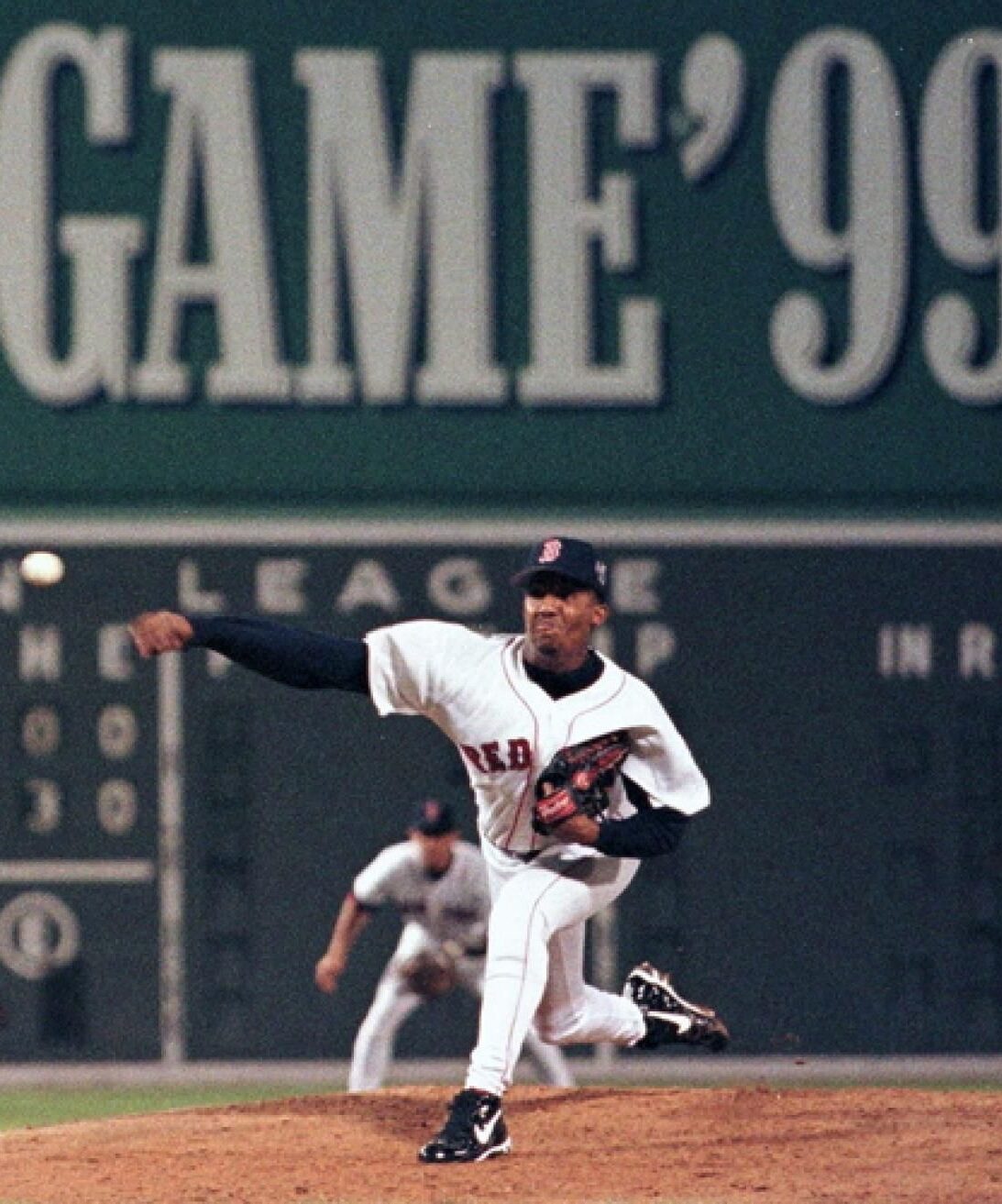Gary Sutherland
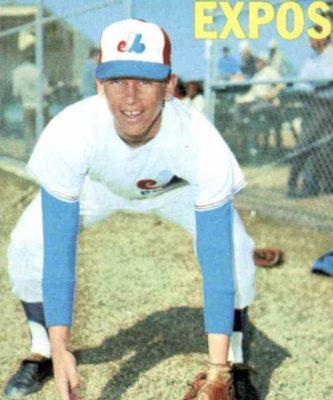
| Birthdate | 09/27/1944 |
| Death Date | 12/16/2024 |
| Debut Year | 1966 |
| Year of Induction | |
| Teams | Astros, Cardinals, Expos, Padres, Phillies, Tigers |
| Positions | Executive, Second Base, Shortstop |
Gary Sutherland scored the first-ever run for the Montreal Expos franchise. He also recorded the first putout in a regular-season game in Canada.
Leave a commentIn the collection:
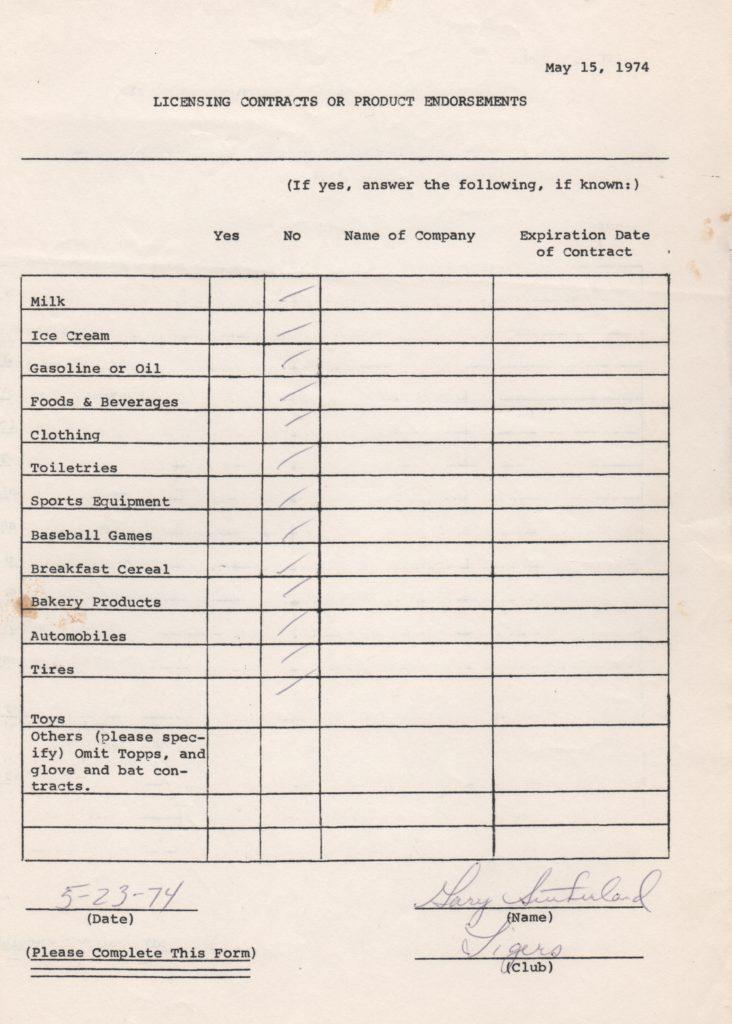
Gary Sutherland played for seven teams during his thirteen-year big league career
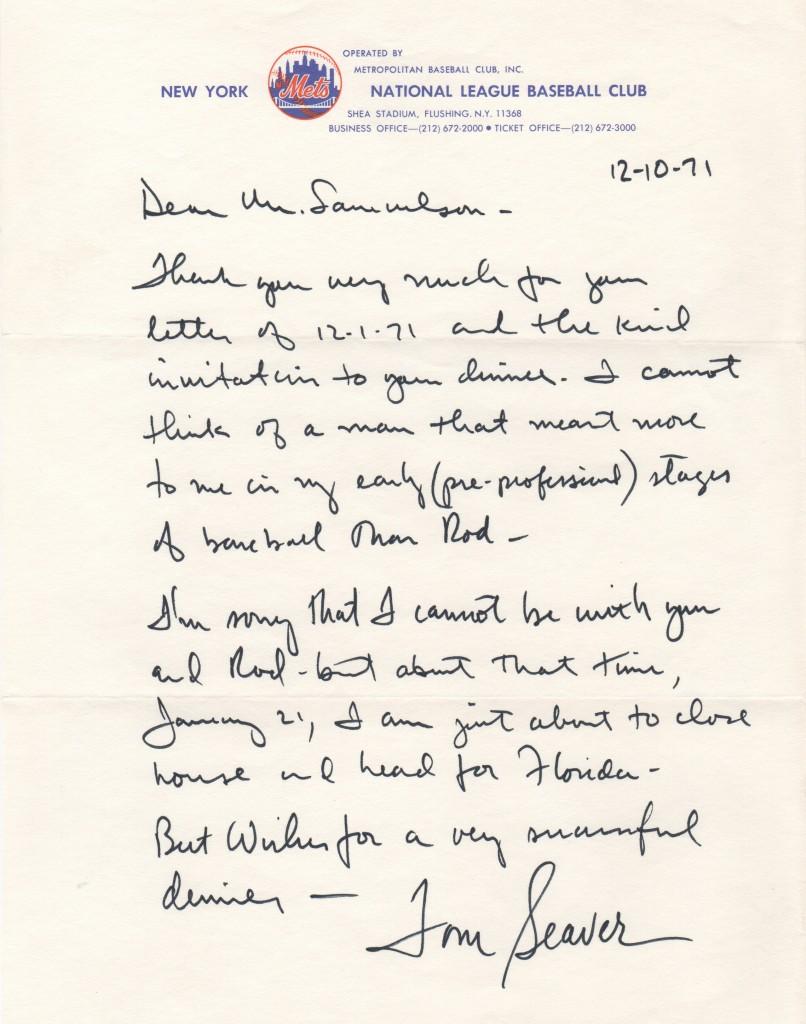
Gary Sutherland scored the first run in Expos franchise history on Opening Day, 1969
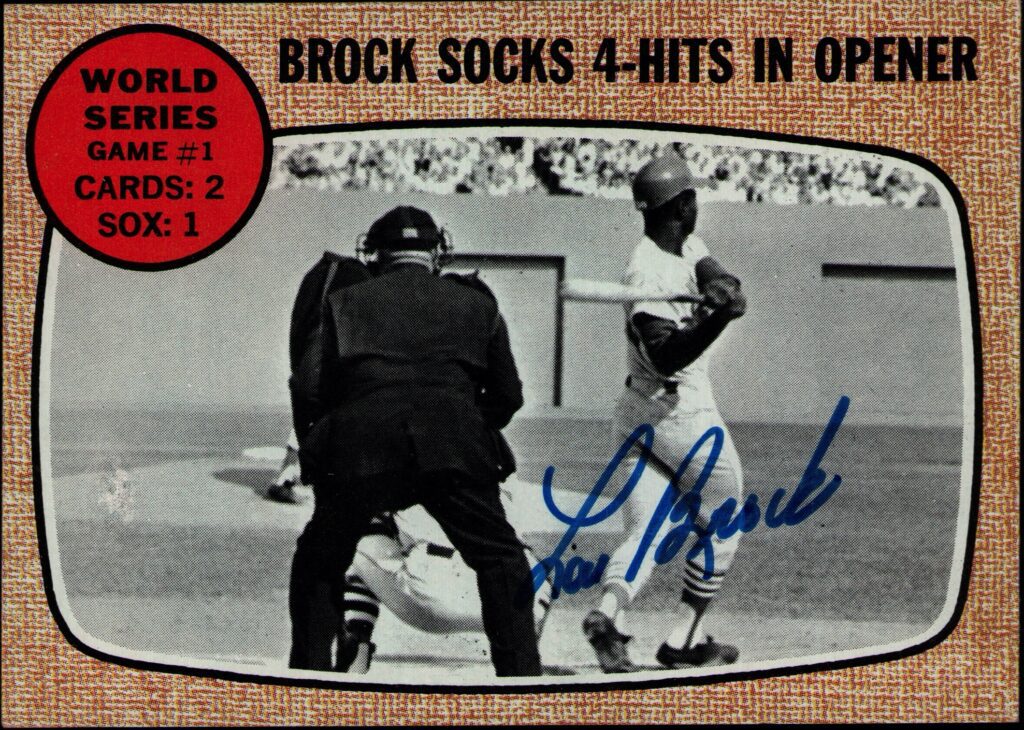
Lou Brock hit a line drive caught by Sutherland for the first MLB putout in Canada
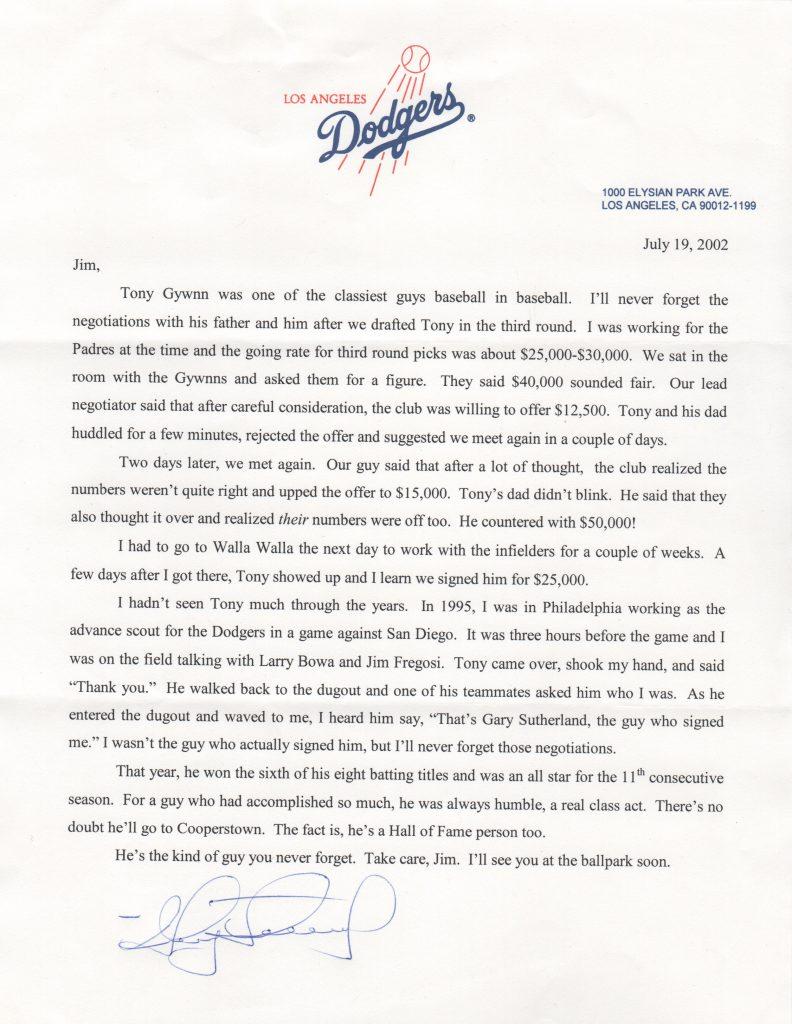
Gary Sutherland recounts his role in Tony Gwynn signing with the Padres
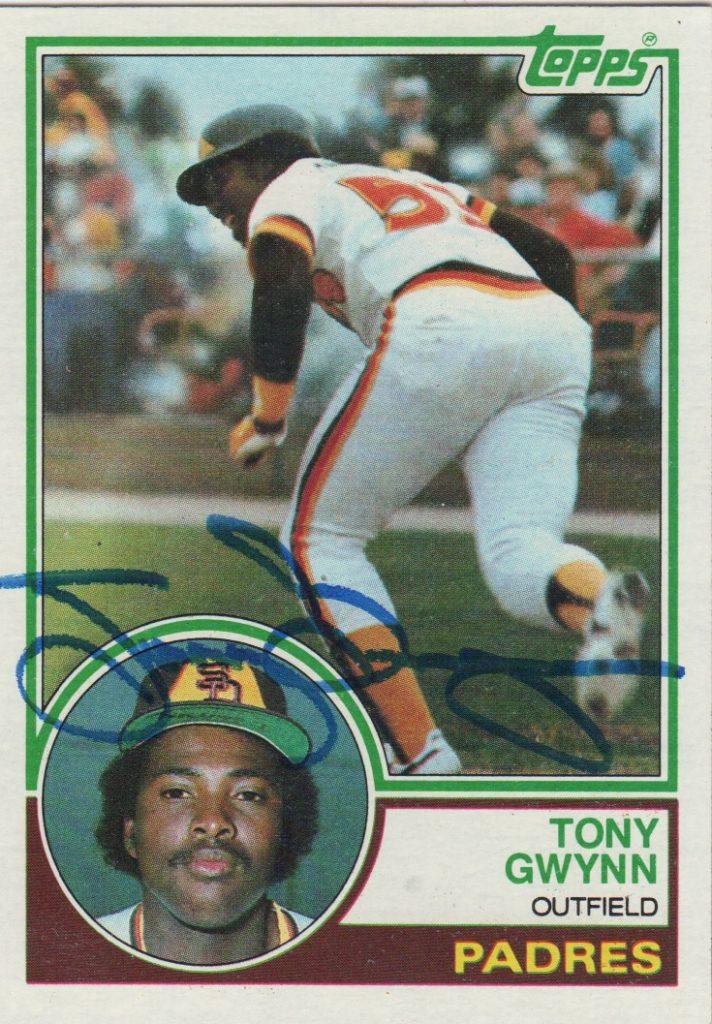
Tony Gwynn was an 8-time batting champ; he finished with 3,141 career hits
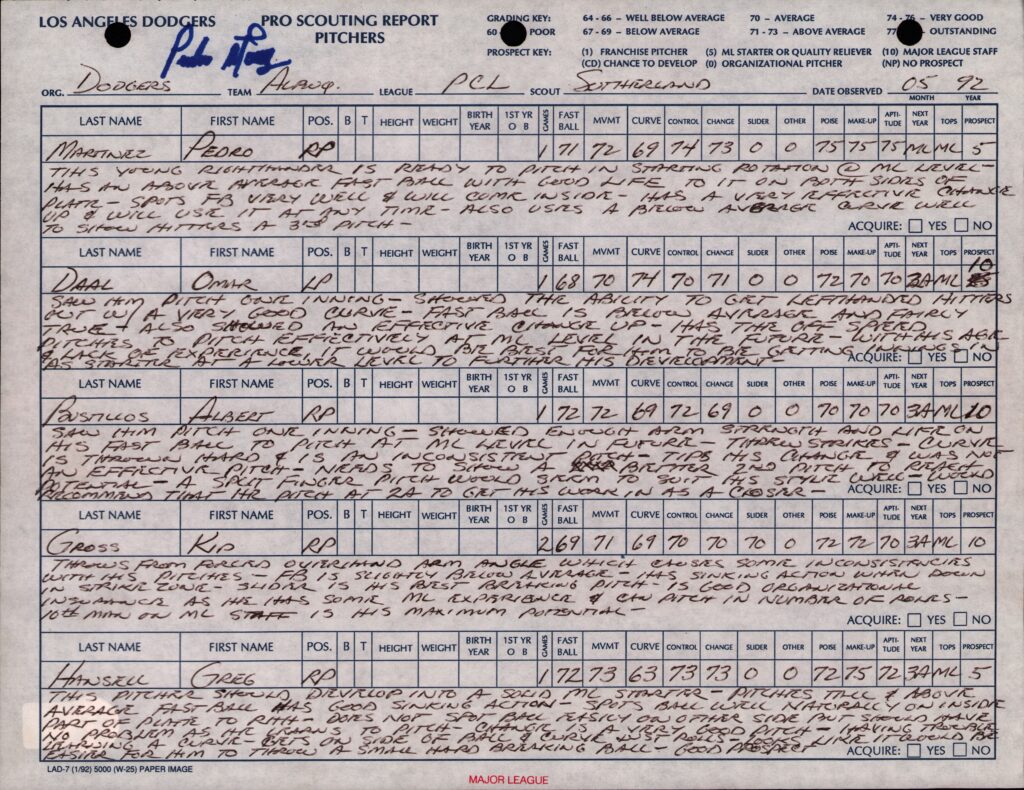
Gary Sutherland writes a less-than-glowing scouting report on minor leaguer Pedro Martinez
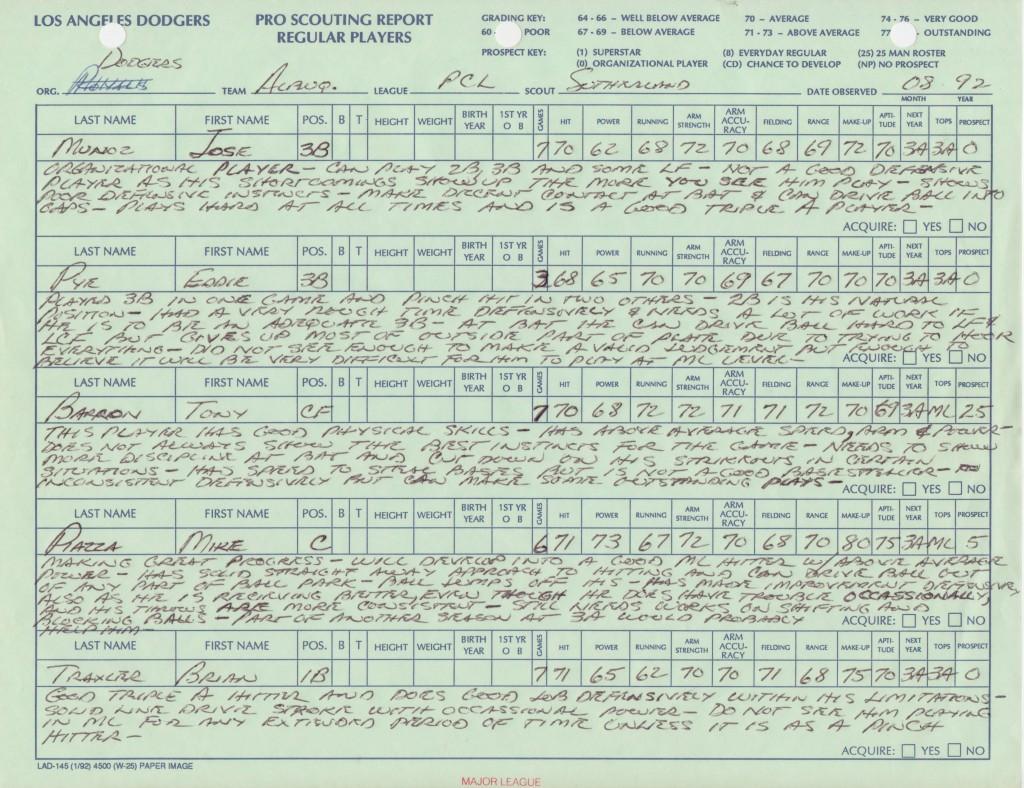
Gary Sutherland scouts future Hall of Famer Mike Piazza before the catcher's debut
